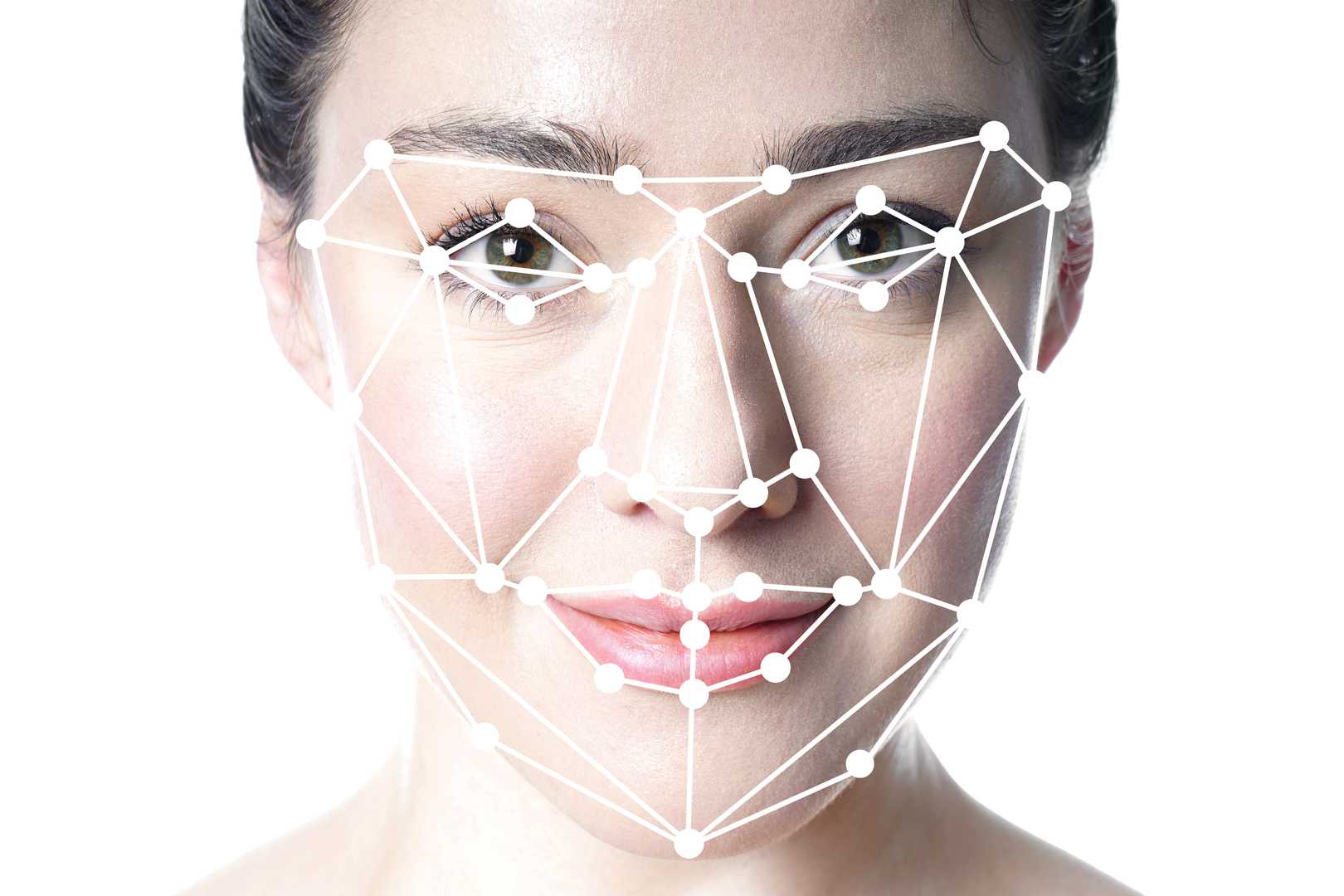The last few years have seen some major advancements in the tech fields and as AI and machine learning are growing in both application and function every single year, it can be hard for the average person to know exactly what services are on offer, how they work and what to expect for the future. With this in mind, let’s take a look at one of the fastest-growing technologies; facial recognition.
What is facial recognition?
Facial recognition technology is a fast and secure way to determine identities. Whether this is prominent for more personal uses, to unlock and gain access to devices for example, or in a more commercial setting to better identify an individual who has access to sensitive areas of establishments – there are functionalities across the scope of biometrics.
How does facial recognition work?
The software behind facial recognition is machine learning and this system not only tracks the face’s unique biometric data, but it also saves it to a database where the information can be appropriately used; for example assigning a specific user to the data, as a means of identification and verification. It will remember the features of each individual that comes into contact with the software and in most cases will have the capability of detecting changes in appearance if the user should change their hairstyle, grow facial hair, or be using the software in different lighting. Intrinsically, it works to remember faces in much the same way as the human brain, albeit faster and more accurately.
Why is it used?
Facial recognition technology is currently used to both identify and verify users across a range of industries and applications, but there are uses within law enforcement where police can use this software to identify suspects and increase security measures, such as identifying those who may be wearing masks (or in terms of covid-19, those who aren’t).
The types of facial recognition AI
Right now, the two leading evolutions of facial recognition AI are frvt and frvt 1:n. The former has been present in facial recognition software and has been used in as many as 728 location-based projects, while the latter has had more of an impact in frontal and profile facial matching algorithms.
It is important to understand that there are key differences between the two, typically relating to how data is analysed. When asking which face algorithm is best, the answer will rely heavily on its use cases and how it is applied. FRVT comes in the top 3 percent of most accurate facial recognition algorithms when used in a wider setting, for example scanning crowds and identifying individuals. Frvt1:n on the other hand, works best when comparing individual images and determining the likelihood of a person matching their profile. Both can be used in a wider of settings, therefore it will be worthwhile for the individual company or government body employing this type of software to first understand their specific needs and select the one for the right job.
